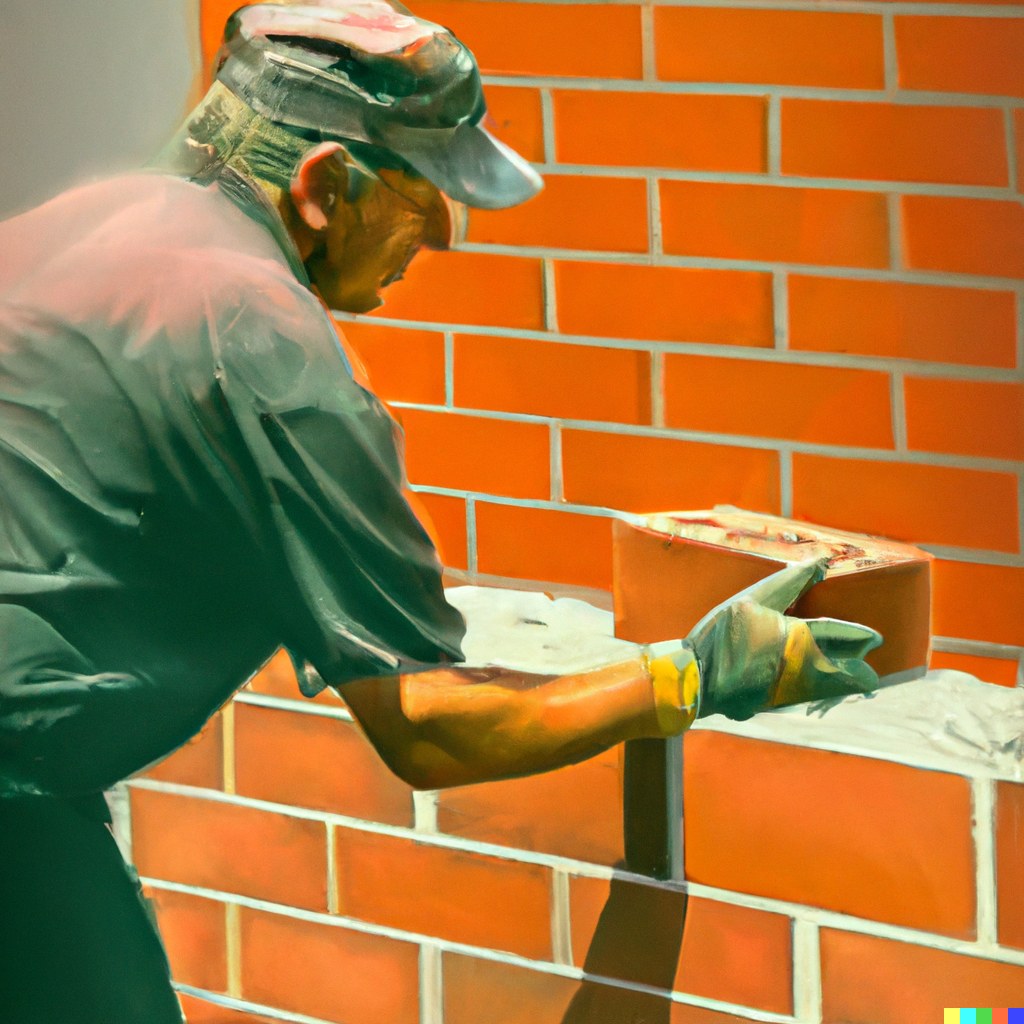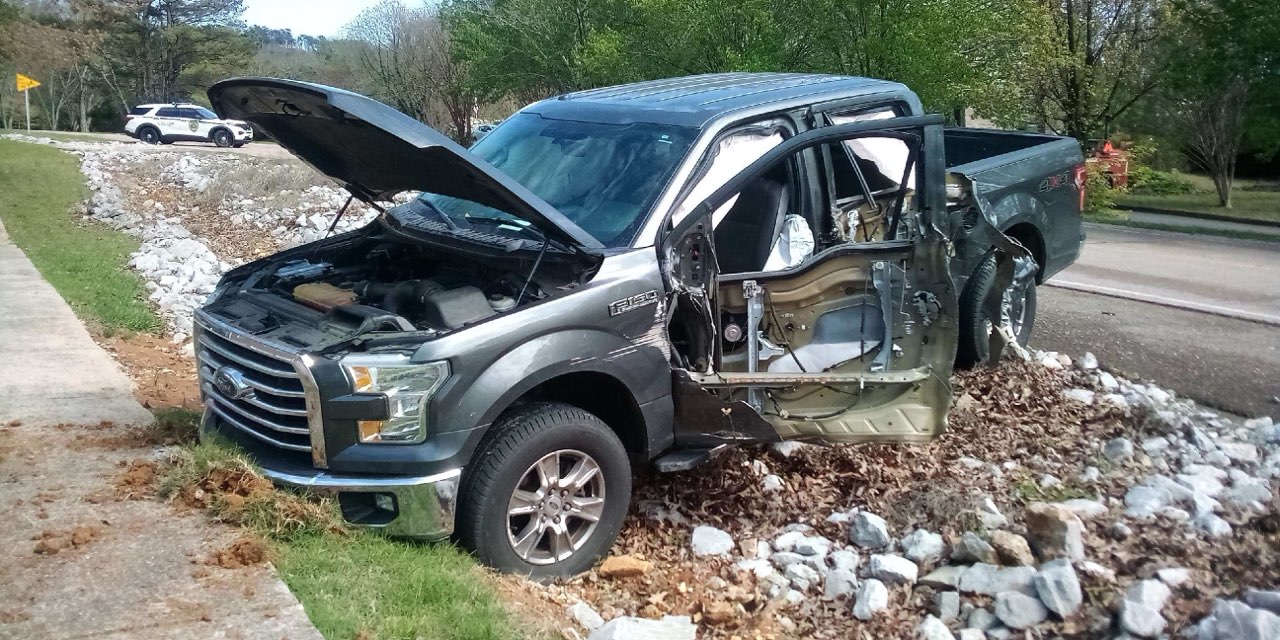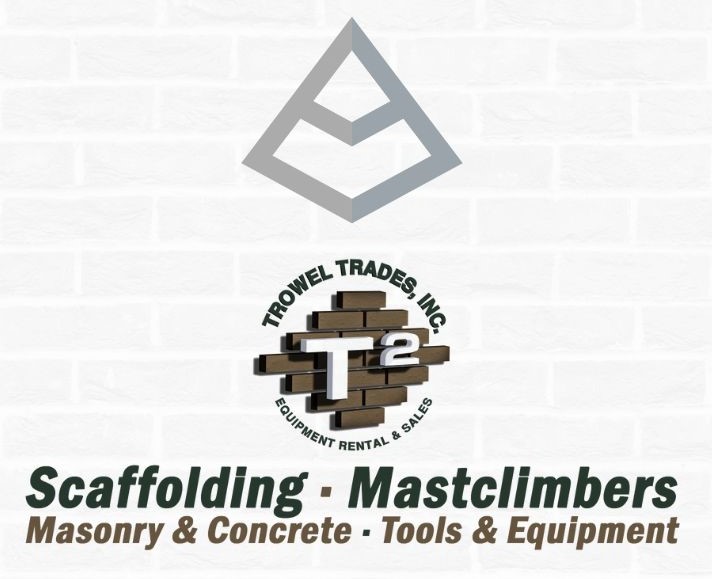
FREE SHIPPING ON
ALL QUALIFYING ORDERS

The art of bricklaying stands as a testament to human ingenuity and craftsmanship. Spanning centuries and cultures, bricklayers have played a pivotal role in shaping our built environment. From humble mud bricks to intricate modern designs, the journey of bricklaying is a fascinating tale of innovation, dedication, and the enduring impact of skilled hands.
The Dawn of Bricklaying: Ancient Beginnings
The origins of bricklaying can be traced back to ancient civilizations, where the need for durable and efficient building materials led to the creation of the first bricks. In Mesopotamia around 7000 BC, sun-dried mud bricks were employed to construct houses and structures. These rudimentary bricks marked the dawn of a craft that would evolve into a cornerstone of construction.
The Birth of Fired Bricks: Advancements in Techniques
The transition from sun-dried mud bricks to fired bricks marked a significant turning point in bricklaying history. The Sumerians, around 3500 BC, introduced the art of baking clay bricks in kilns, resulting in bricks that were more robust and weather-resistant. This innovation led to the rise of complex architectural structures, including the iconic ziggurats of Mesopotamia.
The Roman Legacy: Precision and Aesthetics
The Romans elevated bricklaying to new heights during their expansive empire. With a focus on precision and aesthetics, Roman bricklayers utilized the art of bonding to create intricate patterns and designs that adorned their architectural marvels. Their advanced techniques in bricklaying enabled them to construct structures like the Colosseum, a testament to the enduring legacy of their craftsmanship.
The Medieval Era: Cathedrals and Fortifications
The medieval period saw bricklaying play a central role in the construction of grand cathedrals and fortified castles across Europe. Skilled bricklayers were responsible for creating soaring Gothic arches, intricate facades, and imposing defensive walls. Their expertise was highly sought after, and their contributions left an indelible mark on the architectural heritage of the era.
Industrial Revolution and Modernization
The Industrial Revolution brought about transformative changes in bricklaying. With the invention of machinery, such as the steam-powered brick press, the production of bricks became more efficient. This, coupled with advancements in transportation, led to the widespread use of bricks in various construction projects. Bricklayers embraced these changes, adapting their techniques to accommodate new materials and methods.
Contemporary Bricklaying: Innovation Meets Tradition
In the modern era, bricklaying remains an integral part of construction, blending traditional techniques with cutting-edge technology. While handcrafted brickwork still graces many buildings, bricklayers now have access to tools like laser-guided levels and automated bricklaying machines that streamline the process. Sustainability has also become a focus, with eco-friendly materials and practices shaping the industry’s future.
The Artistry and Skill of Bricklayers
Bricklaying is not just a trade; it’s an art form that demands patience, precision, and a deep understanding of materials. Skilled bricklayers possess the ability to transform raw materials into structures that stand as testaments to human creativity. From carefully selecting bricks to mastering mortar consistency, every step requires expertise honed through years of practice and dedication.
Conclusion: The Enduring Craft of Bricklaying
The journey of bricklaying from its humble origins to the modern age is a story of innovation, skill, and the unyielding dedication of artisans. Through centuries of progress, bricklayers have left an indelible mark on our architectural heritage, shaping the world we inhabit. As technology continues to evolve, one thing remains constant: the artistry and craftsmanship of bricklayers who weave history, tradition, and innovation into every brick they lay.





No spam, notifications only about products and updates.

Having dealt with MK Diamond Products and the Delahauts since the mid 1990’s it is sad to hear the news that they have closed their

I’ve told my wife and daughter to never follow a mortar mixer down the interstate. For over 30 years we have sold, rented, and repaired

This question is one of the most frequent mixer related questions our rental staff are asked. Our contractor customers know the importance of using the right tools for the job.

Trowel Trades, a company that specializes in equipment rental, tool retail, repair services, scaffolding and mast climber access solutions, enters the Silver Tier of the Masonry Alliance Program.
Your email was submitted successfully.
YOUR 10% COUPON CODE IS WELCOME10
Category Exclusions:
Arbortech Brick and Mortar Saw, Compaction, Concrete Mixers, Concrete Walk Behind Saws, Drop Hammers, Grout Hogs, iQ Power Tools, Masonry Block Saws, Masonry Brick Saws, Mast Climbers, Mortar Mixers, Mud Buggy, Saws, Scaffold, Self Dumping Hoppers, Shoring, and Stihl